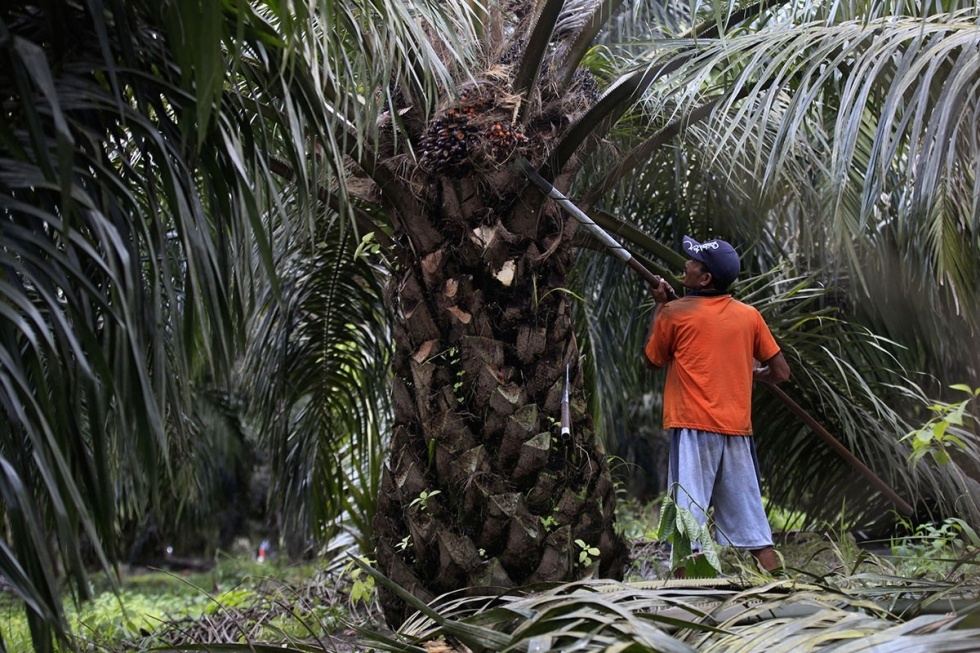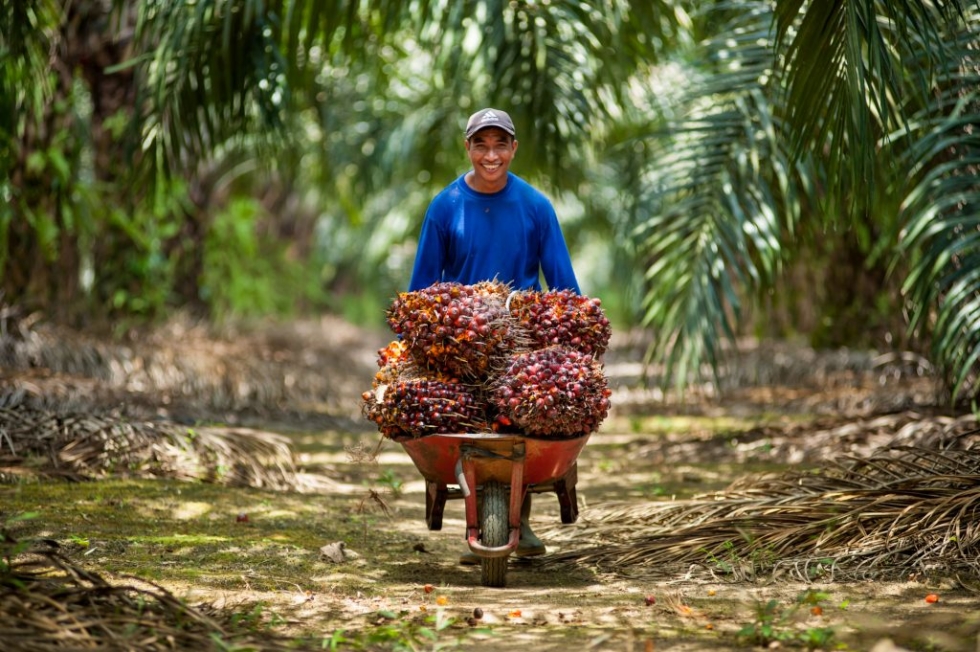Unlocking Palm Oil Trends and India's Imports
Deciphering Palm Oil Dynamics - Insights into India's Imports.

The International Monetary Fund (IMF) cautiously forecasts global growth in 2023 and 2024. While developed economies are expected to moderate growth, emerging markets, including India, show resilience.
India's Growth Outlook
The IMF revised India's growth forecast upward to 6.3% for the fiscal year 2023-24. This optimistic adjustment reflects the adaptability of India's economy amidst global uncertainties. The inflation rates in India also exhibit a positive trend, with a three-month low of 5% in September 2023, primarily driven by moderating food prices.
Stability in Edible Oil Prices
Despite the global volatility affecting commodities, edible oil prices in India remain stable. Notably, local palm oil prices hover around INR 77-78/kg, showcasing resilience in the face of external economic fluctuations.
Trade Trends and Economic Fluctuations
India's vegetable oil imports in September 2023 decreased, attributed to abundant port stocks. This fluctuation is a regular feature in the trade cycle, influenced by post-festive season demand.
Reduced Vegetable Oil Imports
The month of September 2023 witnessed a decline in vegetable oil imports, totaling 1.55 million metric tons, compared to 1.86 million metric tons in August 2023. This reduction is partly linked to the presence of abundant port stocks.
Port Stocks and Seasonal Patterns
The decline in palm oil imports during September is attributed to high port stocks and sluggish dispatches in the preceding months. This phenomenon highlights the intricate interplay of economic factors, influencing the fortunes of the vegetable oil industry. Similarly, soft oil imports experience a fall in September, demonstrating the impact of uncertainty in the Black Sea region on global trade dynamics.
Global Dynamics in Palm Oil Imports
A critical analysis of Indian vegetable oil imports reveals nuanced trends, especially in palm oil dynamics influenced by global conditions.
Shifting Landscape of Palm Oil Imports
The shifting dynamics of palm oil imports present a compelling narrative. Malaysian palm oil imports experienced a decline of 22%, while imports from Indonesia surged by 44%. This shift underscores the influence of global factors, such as price differentials and export policies, on the trade dynamics of palm oil within India.
Soft Oils and Global Geopolitics
Soft oil imports, including Crude Degummed Soybean Oil and Crude Sunflower Oil, witnessed a significant 27% year-on-year increase. This surge is driven by factors such as narrow price spreads relative to rival oils and geopolitical uncertainties in the Black Sea region. It accentuates the importance of considering global geopolitics and market conditions in understanding the dynamics of soft oil imports.
Port Stocks and Future Outlook
The decline in palm oil imports in September, attributed to high port stocks, indicates the influence of seasonal shifts.

Forecast and Economic Predictions
Forecasts for October 2023 suggest a 20-25% month-on-month decline in edible oil imports. Higher port stocks, domestic oilseed arrivals, and an expected weaker post-festive season demand primarily drive this projection. The impending downturn underscores the importance of a holistic understanding of various factors – international, domestic, and seasonal – in making accurate economic predictions.
Dynamic Factors Impacting Imports
As the article concludes, it emphasizes the need for policymakers and industry stakeholders to consider the dynamic interplay of economic, seasonal, and market-specific variables when interpreting future figures. Factors such as festivals, price sensitivity, and competition between palm and sunflower oil shape the future outlook of edible oil imports in India.
Predictions and Strategic Considerations
Looking ahead, several predictions shape the strategic considerations for stakeholders in the vegetable oil industry:
- Palm Oil Demand in OND Quarter: Predictions suggest palm oil demand in the OND quarter to be approximately 2.3 MMT.
- Soft Oils Expectation: Anticipated soft oils demand in the OND quarter is around 1.2 MMT, evenly distributed between sunflower and soybean oils.
- Market Dynamics and Competition: Competition between palm and sunflower oil will persist, driven by price sensitivity within the market.
- Soybean Oil Challenges: The soybean oil market faces constraints, including government support prices for Kharif crops and significant seed reserves from NAFED.
- Edible Oil Imports Forecast: While November and December are marked by festivals boosting demand, post-festive periods may witness a decrease in demand, leading to a slowing effect.
In conclusion, the surge in vegetable oil imports in India is more than a mere economic statistic; it reflects the intricate web of global trade, geopolitics, and seasonal shifts that underpin an industry of critical importance. As the Export Portal continues to provide in-depth analyses, stay tuned for further exploration of the complexities of the palm oil market and global trade dynamics.






Comments 0